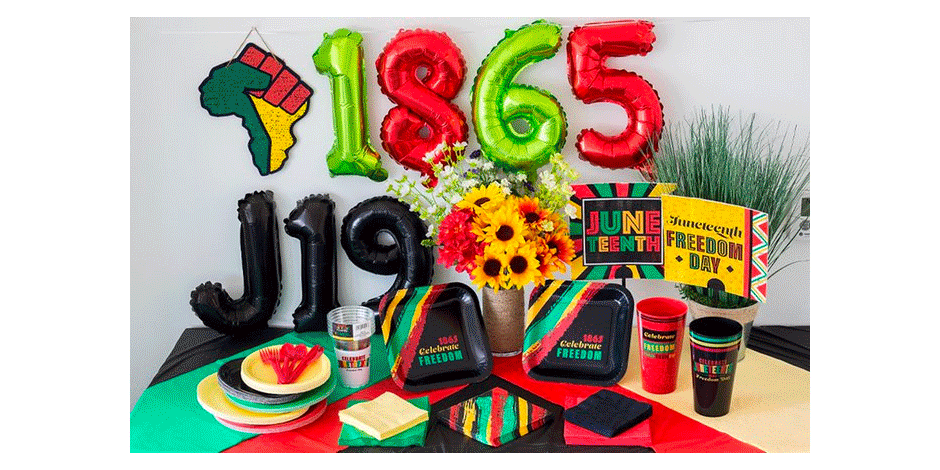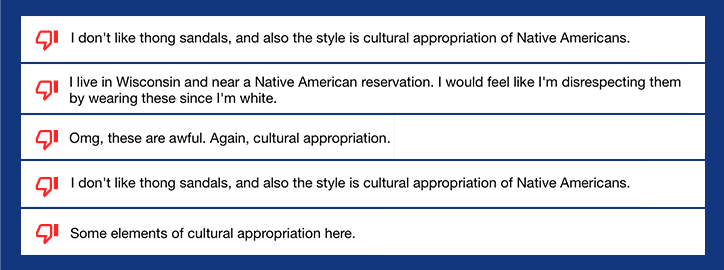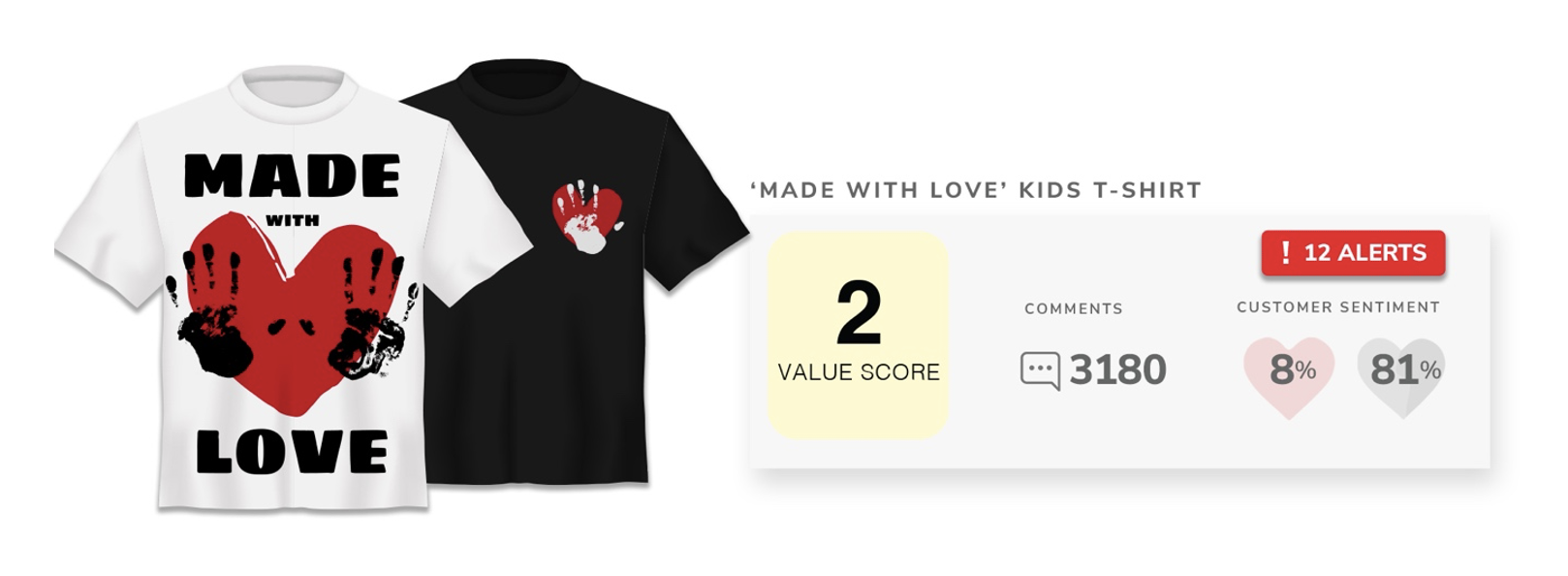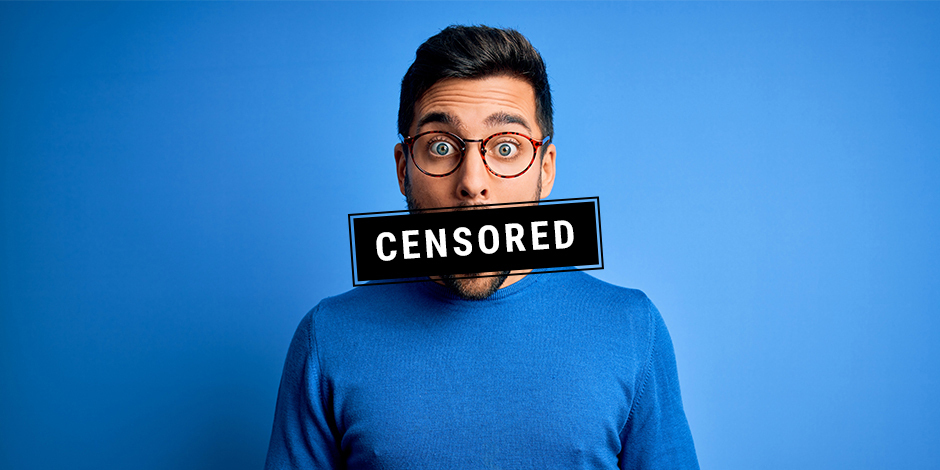When offensive or tasteless products hit the market, people are quick to take to social media asking the same inevitable question: “How did this get approved and what were they thinking?”
From Gucci's use of real tigers in an advertising campaign for the Chinese New Year holiday to rapper Lil Nas X's "Satan Shoes", offensive products are continually a widespread issue for the retail industry.
Fast food chain, Burger King, received major backlash more than once for offensive advertising messages. Burger King UK posted to Twitter on International Women's Day "women belong in the kitchen." They struck again this June for Pride Month by releasing a "Pride Whopper" with "two equal buns" - either two top buns or two bottom buns - to promote "equal love and equal rights," according to the company.
Brand Controversy Comes in All Sizes
No company is immune to missteps, as brands large and small have faced self-inflicted blunders. Amazon triggered a statement from the Council on American Islamic Relations (CAIR) after selling welcome mats with scripture from the Quran – a product that was meant to be stepped on.
Last year, Bud Light ran ads during Pride month featuring a rainbow-colored beer bottle and the letters LGBTQ to stand for “Let’s Grab Beers Tonight, Queens.” It was not well-received. Many viewed the campaign as another disingenuous exploitation. While sometimes spurred by lack of oversight and challenges in managing third parties, these companies still must take the blame for offensive products or campaigns they produce.
Dollar Tree, like many other companies, was trying to profit from Juneteenth, but completely missed the mark. Juneteenth was officially declared a federal holiday in June 2021 to commemorate the emancipation of enslaved African Americans and to celebrate African American culture.
Dollar Tree launched a line of products for the holiday including paper plates, napkins, plastic cups, tablecloths, and balloons in Pan African colors with the words “Celebrate Freedom.” This received immediate reactions on social media seeing as the colors of the Juneteenth flag consist of red, white, and blue traditionally. Dollar Tree has yet to comment or pull the products. Even with quick action and an apology, these mistakes are bad for business, hurt customer relations, and tarnish brands.

Guiding Principles for Risk Avoidance in Product Development
1. Do Your Research
With so much information at our fingertips, companies no longer have an excuse for not knowing the impact their messaging can have on consumers. They must be aware of the potential consequences of their marketing decisions and take responsibility for any negative effects they may cause.
Dior is facing accusations of cultural appropriation after Chinese social media users called the label to task for producing a $3,800 skirt that was inspired by a centuries-old traditional garment. Protesters claim that the skirt is an example of cultural theft, and the product has since been removed from stores and online. If they had taken the time to do their research, and given credit to the inspiration behind the design, it may have been a different story.
2. Be Authentic
When creating a brand, it's important to focus not just on what is popular and fashionable, but on what represents your company and its values. To create a lasting impression, start by understanding your company's identity and defining its tone and look through original business plans, values statements, mission and vision statements. When developing materials such as collateral and visuals, be sure to consider how they will reflect the core of your brand. Being genuine in this process will give you the most effective brand results.Customers care about authenticity, which is why creating a brand with substance from the beginning will resonate with them.
3. Remove Unconscious Bias
It is important to be aware of your unconscious biases so that you don’t unintentionally hinder the discussion around controversial or offensive branding. It important that individuals check their stereotypes at the door, especially when making decisions on behalf of an organization. By engaging with current customers, target audiences, suppliers, partners, and non-profits from all backgrounds, you will avoid risky and offensive products by supporting decisions with a collective perspective.
4. Consult the Voice of the Customer
Listening to consumer feedback is an important part of building a strong brand. Sometimes it can be difficult to immediately know whether some part of your offering, product, or messaging is offensive. Testing with a sample audience can help you identify any potential problems early on before a potential PR nightmare goes viral.
Using VoC Tools to Avoid Risk
First Insight’s Voice of the Customer software helps businesses tap into to the opinions and views of consumers. We deliver accurate and predictive results for winning products and those that should be avoided. Our Risk Alert feature has stopped hundreds of potentially offensive products from hitting store shelves. Successful outcomes include spotting a geometric pattern that resembled a swastika, and preventing children’s t-shirts containing offensive gestures from going into production. Our retail risk avoidance solutions continues to help prevent risky and offensive products from slipping through the cracks every day.

Capturing the Voice of the Customer offers a fresh, collective perspective that companies do not have on their own. Our retail marketing tools give you the ability to collect not just top-level sentiment data, but also long-form comments – directly from your customers. This process can reveal controversial products to avoid and allow businesses to make changes to the design or discontinue a product altogether.
Brand trust is built over time, but it can be destroyed in a second. Risk Alert can protect your brand’s reputation by analyzing customer input before you go to market.

This capability enables retailers and brands to identify potential controversial or offensive items in the design phase, long before your products are finalized. By analyzing respondent data, the First Insight solution can uncover feedback trends that highlight customer concerns.

Not only have we saved customers from PR firestorms, but also from investing in underperforming products - helping brands like rue21 save millions. By investing more in top-scoring products and decreasing buy levels of low-scoring products, retailers and brands have experienced margin gains and greater sell-in and sell-through. Wolverine Worldwide’s global brand Hush Puppies has used First Insight results to increase orders by 39% while reducing the number of styles by 42%, streamlining inventory and operations. The data derived from our platform are transformational, as they enable companies to launch products that customers want to buy—with the right design, quantity, and price point.
Leveraging voice of customer software can help you avoid product faux pas and bad press, while launching more winning products. Be proactive, rather than reactive and schedule a demo to learn more about how our solution can help your business make decisions with confidence.

















